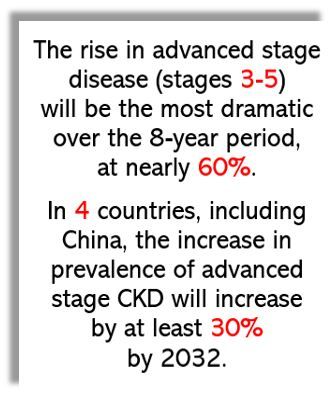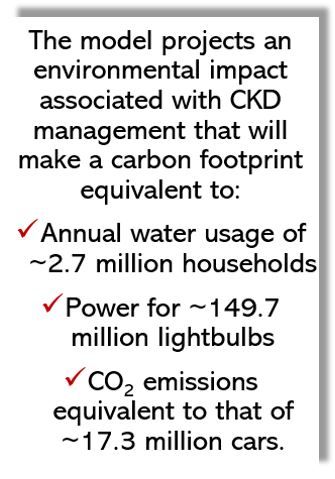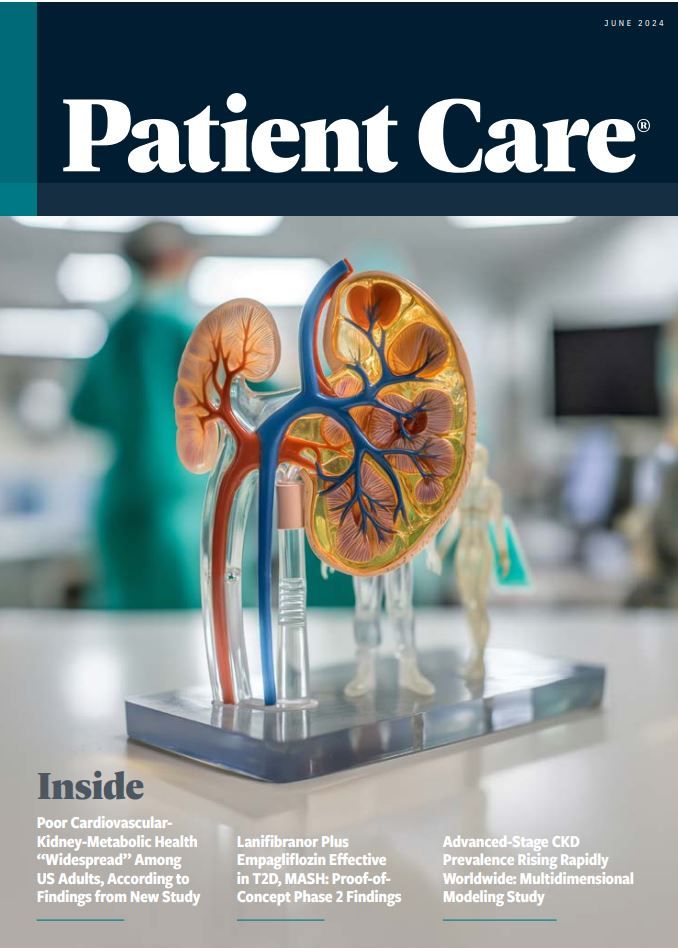Advanced-Stage CKD Prevalence Rising Rapidly Worldwide: Multidimensional Modeling Study
The overall CKD population will reach 125 million by 2032 across 8 industrialized nations, with significant clinical, social, economic, and environmental costs.
©pikovit/stock.adobe.com

Chronic kidney disease (CKD) may affect up to 1 in 6 individuals across 8 major industrialized nations by 2032, ranging from 11.7% in Australia to 16.5% in the US, a new model predicts. The rise in advanced stage disease (stages 3-5) will be the most dramatic over the 8-year period, at nearly 60% (59.3%). In 4 countries, including China, the increase in prevalence of advanced stage CKD will increase by at least 30% over this time.1
The data come from a modeling analysis developed in collaboration with AstraZeneca (AZ) presented at the 2024 World Congress of Nephrology in Buenos Aires, Argentina. The IMPACT-CKD study is the first to forecast the multidimensional impact of CKD over a 10-year horizon, projecting trends in the US, Brazil, the UK, Spain, Germany, the Netherlands, China, and Australia, according to an AZ press statement.1 The analysis goes beyond estimating the burden of illness, the international group of authors wrote in the study abstract.2 “By offering a comprehensive assessment of a CKD patient’s journey, our aim is to provide insights and recommendations to effectively reduce the clinical, economic, societal, and environmental burdens associated with CKD.”2

Estimates are that by 2040, CKD will be the fifth leading cause of death worldwide, with the demands of treatment straining health care systems and national economies, researchers stressed.2 The national health care budget allocation for CKD is projected to reach an average of 7.3% by then, with some countries distributing more than one-quarter (25.7%) of their health care resources to CKD management, they wrote. In its early stages CKD is asymptomatic which accounts for the findings that up to 90% of individuals are unaware of it until the disease reaches an advanced stage.3 Greater awareness of CKD among potential patients and health care professionals alike would support early recognition and treatment that could prevent disease progression to stages that require tremendous health care and social resources.1
For the study, researchers used patient level simulation to create one-million individual patients based on country population size, according to the study abstract. The model maps national and regional CKD treatment pathways, covering the full course of disease from primary care to end-of-life care.1
FINDINGS1
The analysis projects that nearly 125 million people across the 8 countries will have stage 3-5 kidney disease by 2023, which is an increase of 25% since the model began in 2022, stated researchers. The increased number of patients who will require advanced treatment services will increase dialysis requirements by more than 75% across the 8 countries. When the resources required for dialysis and transplant are combined, the cost is estimated at $186 billion. Costs associated with other renal replacement therapies will escalate by 77% or more and, in at least 7 of the countries, there will be a 23% rise in CKD-related emergency and inpatient hospital costs, according to the study findings.

The impact on economic productivity will be significant as well, with combined patient and caregiver absenteeism responsible for a total of more than 3 billion missed workdays across the cohort, a loss equivalent to $37 billion US. Further, the model projects an environmental impact associated with CKD management that will make a carbon footprint equivalent to annual water usage of approximately 2.7 million households, power for ~149. 7 million lightbulbs, and CO2 emissions equivalent to that of ~17.3 million cars.
“Our modelling emphasizes the enormous impact CKD could have on patients, economies, and the environment,” Ruud Dobber, head of the biopharma business unit at AZ, said in the announcement.2
“But this future is not inevitable,” added Dobber. “We are committed to working with global policy makers to reduce the worldwide impact of end-stage CKD and drive earlier diagnosis and treatment to slow or halt progression of the disease.”
AZ recently launched the Accelerating Change Together (ACT) for CKD, encompassing a series of studies and initiatives designed to improve understanding and outcomes of CKD worldwide.2
Other elements of the program include the Reveal-CKD study, looking at the extent of underdiagnosis and the clinical impact of an early diagnosis, and the Inside-CKD analysis modelling future prevalence, disease burden, and healthcare use and costs, and the benefits of screening.2
